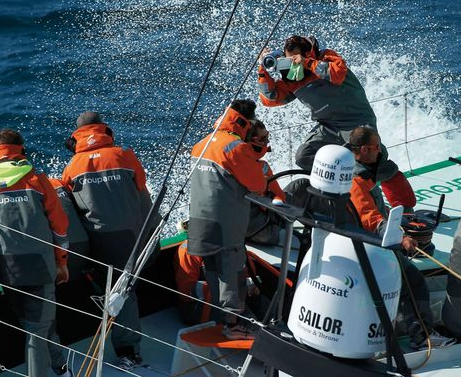Mobile Satellite communications is considered the most effective and reliable platform for communications during emergencies. With Hurricane Irene creating havoc in the east coast of U.S., LightSquared and Inmarsat have joined hands to support the hurricane Irene’s emergency responders.
Wireless communications are the best sought-after communication option during emergency response, rescue, or relief situation. However, terrestrial wireless hardware such as cell phones or land mobile radios are useful and operative only when communications towers and other fixed equipment are in place, which is unlikely during natural calamities.
Satellite communications is the best solution during chaotic situations, because satellites are the only wireless communications infrastructure that are not susceptible to damage from disasters, for the reason that the main repeaters sending and receiving signals (the satellite spacecraft) are located outside the Earth’s atmosphere.
According to a press release, LightSquared and Inmarsat have joined forces to ensure that their respective emergency services customers have reliable access to indispensable satellite communications to support their Hurricane Irene relief efforts.
“Given the tremendous impact Hurricane Irene has had on the east coast of the United States, it is vital that first responders have unfettered access to reliable communications,” said Sanjiv Ahuja, chairman and chief executive officer of LightSquared, in a statement. “LightSquared, working with Inmarsat (News – Alert), is committed to ensuring that those on the front lines of this national emergency have seamless connectivity with one another.”
“During emergencies such as Hurricane Irene, reliable satellite communications is essential for emergency responders and government agencies,” said Andrew Sukawaty, chairman and chief executive officer of Inmarsat, in a press release. “Together with LightSquared we have moved rapidly to ensure that we have sufficient capacity to support emergency management agencies and first responders.”
As the nation’s first integrated 4G-LTE wireless broadband and satellite network, LightSquared has an aim to advance the U.S. wireless industry. Lightsquared deploys an open 4G wireless broadband network to be used by existing as well as new service providers to sell their own devices, applications and services – at a competitive cost.
Inmarsat is a provider of worldwide mobile satellite communications services. They have been offering reliable voice and high-speed data communications to government and it’s agencies, enterprises and other organizations, with a range of services that can be used on land, at sea or in the air, since 1979.
Currently, two kinds of satellite communications networks exist to support emergency response activities: geostationary satellite systems (GEO); and low Earth orbit satellites (LEO). The GEO satellites are located 23,269 miles above the Earth in a fixed position. This coverage provided by both Inmarsat and Lightsquared satellites, cover up to one third of the globe. They are capable of providing a full range of communications services, such as voice, video and high speed broadband data.

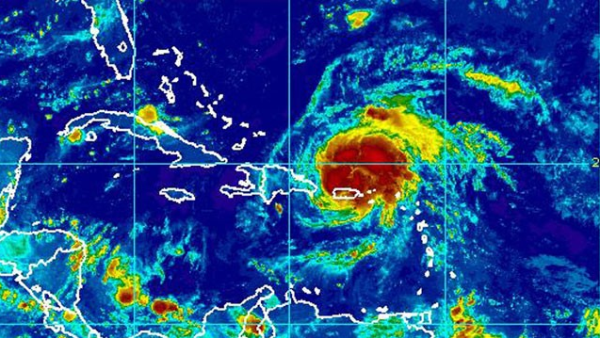
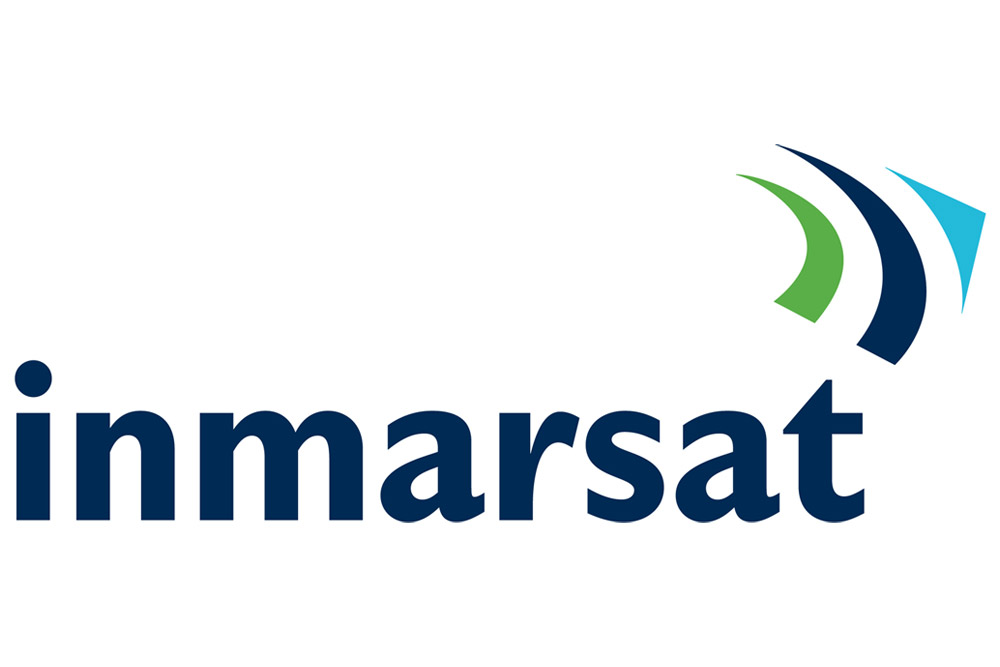
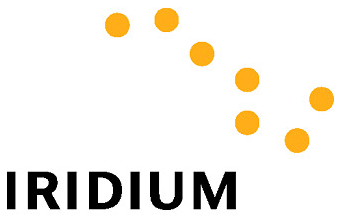

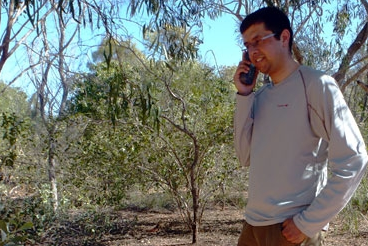


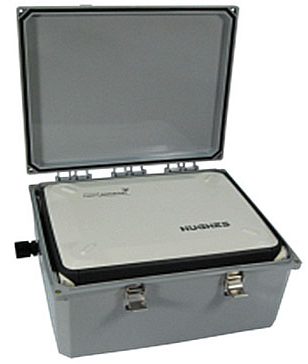
 These features make the Hughes 9201-M2M ideal for various oil, gas, and water applications. These applications include well data collection such as electronic flow management, pressure, and custody transfer data reading; remote monitoring and control of the compressor responsible for pushing high volumes of natural gas through the pipeline; and the transfer of critical and time-sensitive command and control instructions to downhole systems. Such features permit engineers to access sites remotely, without having to dispatch personnel, which preserves resources.
These features make the Hughes 9201-M2M ideal for various oil, gas, and water applications. These applications include well data collection such as electronic flow management, pressure, and custody transfer data reading; remote monitoring and control of the compressor responsible for pushing high volumes of natural gas through the pipeline; and the transfer of critical and time-sensitive command and control instructions to downhole systems. Such features permit engineers to access sites remotely, without having to dispatch personnel, which preserves resources.